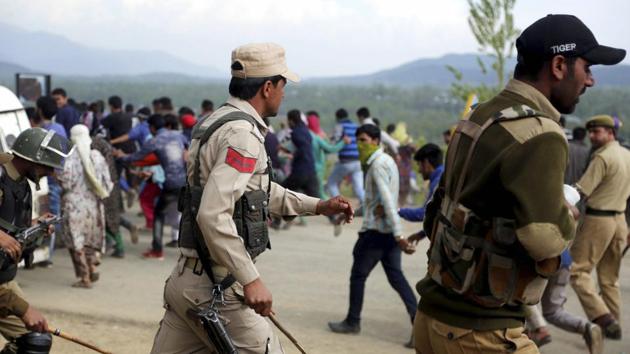Kupwara attack: Five reasons why north Kashmir army camps are vulnerable
An Indian Army captain and two soldiers were killed on Thursday when militants carried out a fidayeen attack on an army camp in Kupwara in north Kashmir.
An attack on an Indian Army camp in Kupwara on Thursday that killed three soldiers on Thursday exposed, once again, the vulnerability of military camps in north Kashmir.

The camps are strategically located to thwart aggression from Pakistan and to guard against infiltration, but have repeatedly been at the receiving end of militant violence. Here’s why these sensitive installations are vulnerable to such strikes:
*NEAR THE LINE OF CONTROL: The militant attacks on the army camps in Kupwara on Thursday and Uri last September show the attackers made the border bases their targets within days of infiltrating. Instead of moving into the hinterland, they struck the Kupwara camp within 5km of the Line of Control and the Uri camp, which is 6km from the LoC in north Kashmir’s Baramulla district.
*ISOLATED IN FORESTS: Both attacks on army camps were carried out from the rear. The camps are located on foothills and are isolated. The installations are located in between forests that run into the mountains.
*AMMUNITION STORES: The army camps supply men and material to guard the LoC. The camps are heavily guarded with layers of security as they have arms stores. Targeting an army camp is aimed at destroying supplies and arms. By attacking in the early hours of the morning, militants hope to catch soldiers off guard.
*GATEWAY OF INFILTRATION: Being a frontier district of Kashmir makes Kupwara the first stop of militants before they venture into the hinterland.
*SUMMER HEAT: With summer arriving in the Kashmir Valley, the snow has begun melting along the LoC, making it prone to infiltration bids by militants. More militants are pushed through the LoC by their Pakistani handlers.





